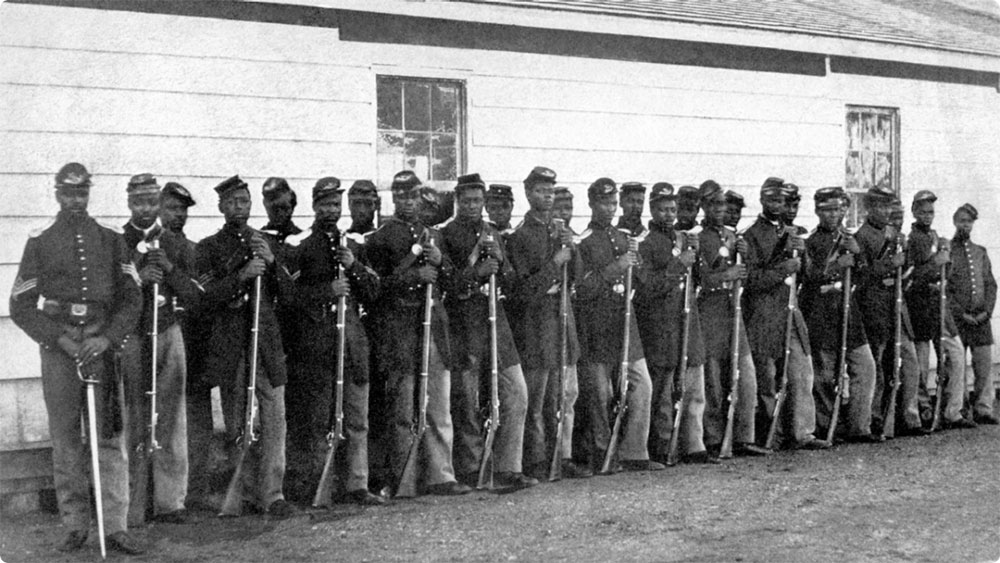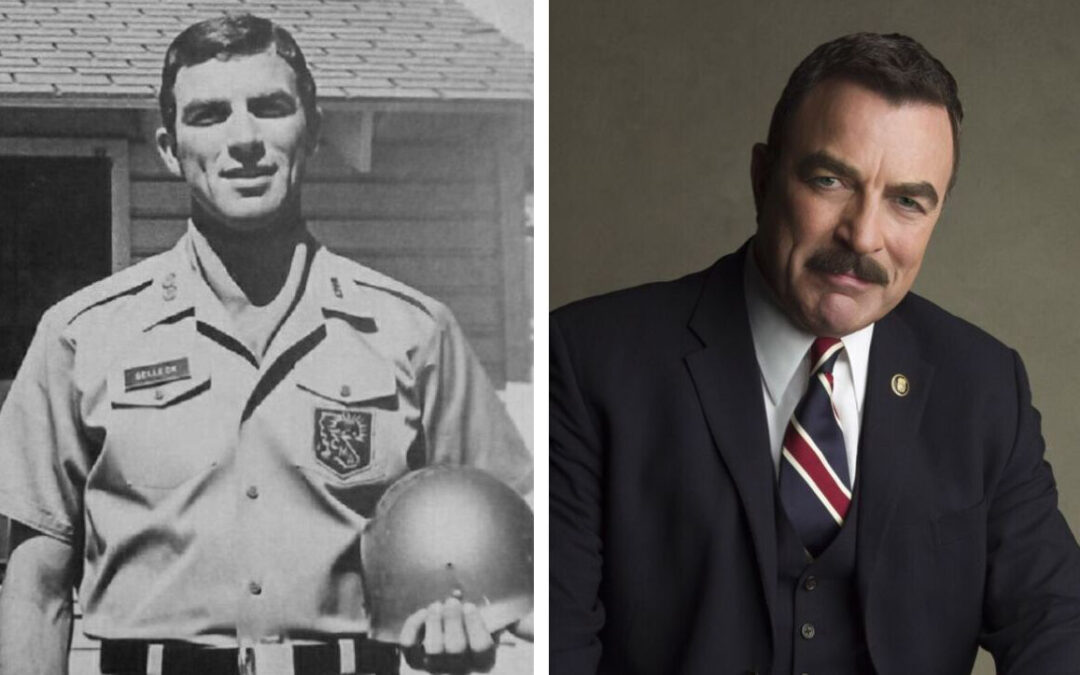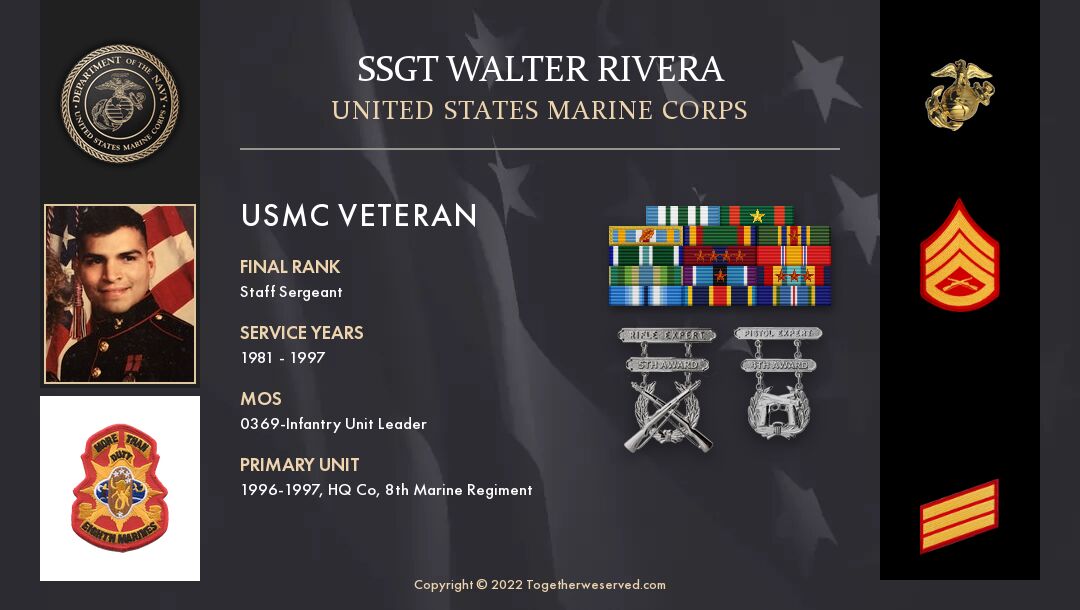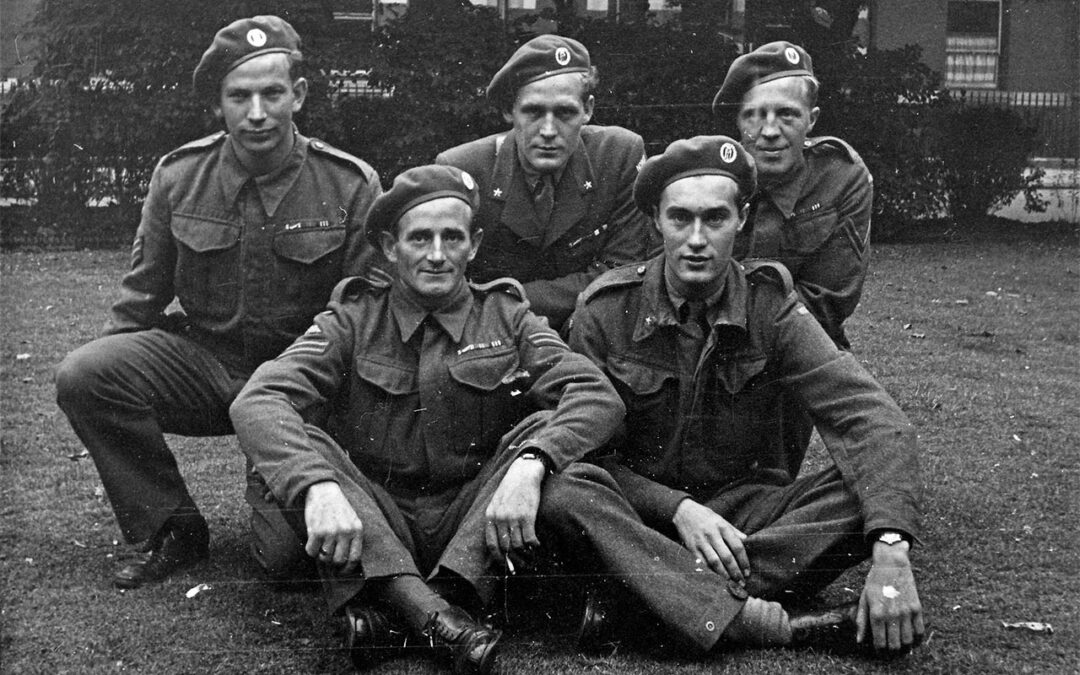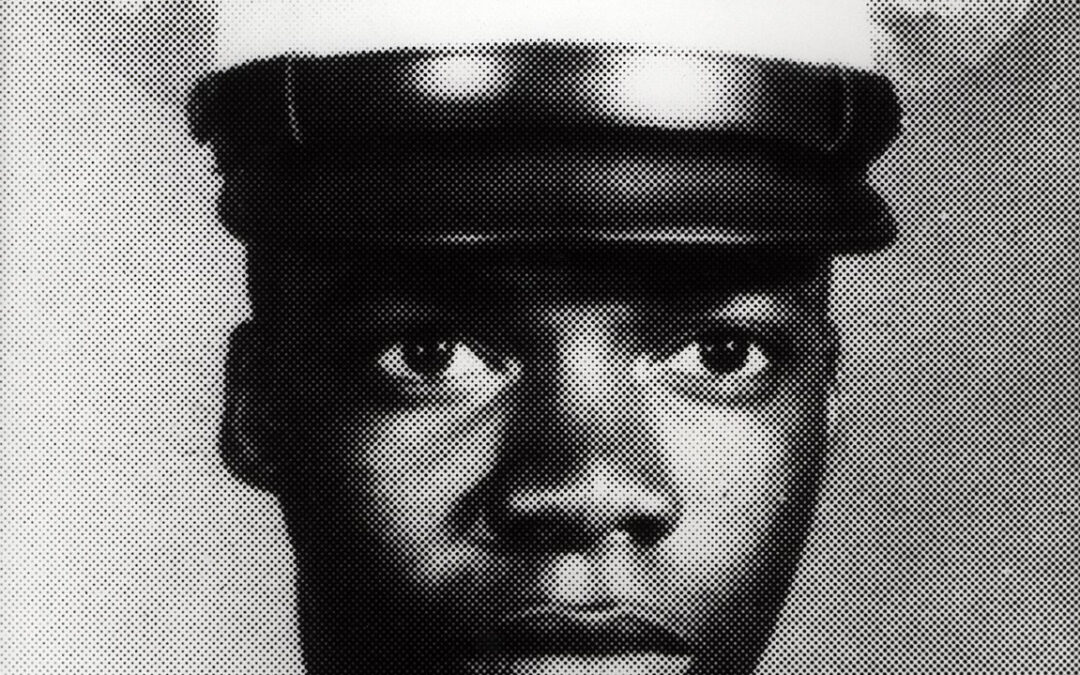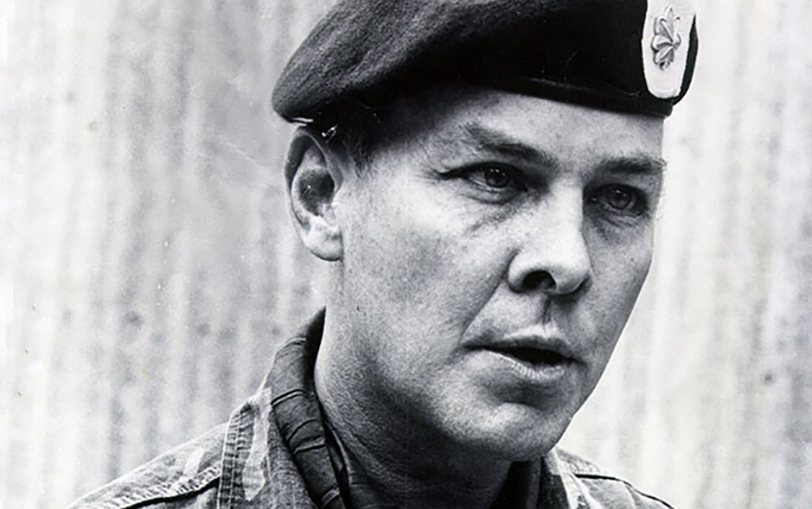The Continental Army was camped for the 1777-78 winter at Valley Forge, twenty miles from Philadelphia, the British-occupied American capital. At least a third of the eleven thousand men were without shoes, coats, and blankets to protect them from the constant rain. They suffered from exposure, typhus, dysentery, and pneumonia. Food was running out. Men were starving, dying, the desertion rate was escalating, and the States could not meet their enlistment quotas. Able-bodied men were simply not willing to fight. Able-bodied white men, that is. As they waited out the winter, General Washington had no plan to replace his dwindling manpower. Rhode Island general James Varnum, who commanded the 1st Rhode Island Regiment at the outset of the war, offered a solution that would not sit well with Washington. Combine Rhode Island's two depleted regiments into a single formation and send the extra officers home to recruit a new unit consisting of both slaves and free men. The 1st Rhode Island...
